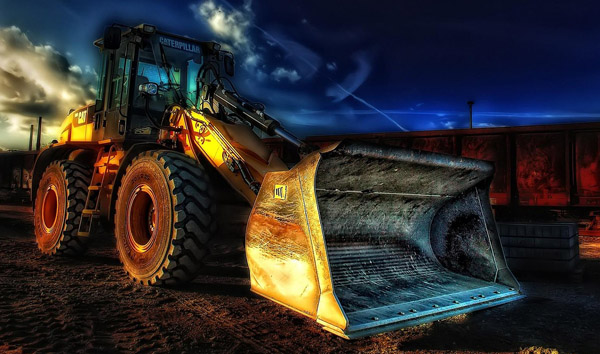Navigating the Challenges: Rough Terrain Forklifts in Container Operations
2025-07-18 04:50:29
The demand for Rough Terrain Forklifts in container loading and unloading operations has surged due to their adaptability in challenging environments. This report examines their key features, industry applications, and performance metrics, highlighting why they are indispensable in ports, construction sites, and logistics hubs. Content Rough terrain forklifts have become a cornerstone in container handling, particularly in environments where uneven surfaces and unpredictable ground conditions prevail. Unlike standard forklifts, these machines are engineered with reinforced tires, higher ground clearance, and robust hydraulic systems to tackle demanding tasks.
One of the primary advantages of rough terrain forklifts is their ability to operate efficiently in ports where container loading and unloading require precision. According to industry data, ports handling over 10,000 TEUs (twenty-foot equivalent units) daily report a 30% increase in productivity when deploying rough terrain forklifts compared to conventional models. Their stability on gravel, mud, or uneven pavement ensures minimal downtime.
In construction sites, rough terrain forklifts play a pivotal role in transporting heavy containers filled with materials. A 2023 study by the International Logistics Association revealed that 78% of construction firms using rough terrain forklifts for container operations experienced fewer equipment failures. The integration of advanced suspension systems and all-wheel drive capabilities enhances their durability under extreme loads.
Logistics hubs also benefit from the versatility of rough terrain forklifts. These machines streamline container loading and unloading in outdoor storage yards, where traditional forklifts often struggle. Market projections indicate a 12% annual growth in rough terrain forklift sales, driven by expanding global trade and the need for reliable off-road material handling solutions.
Key performance indicators for rough terrain forklifts include lift capacity (ranging from 5,000 to 36,000 lbs), engine power (typically 75–150 HP), and maneuverability in confined spaces. Manufacturers like Caterpillar and JCB have introduced hybrid models, reducing fuel consumption by up to 20% while maintaining high torque for container operations.
In conclusion, rough terrain forklifts are revolutionizing container loading and unloading across industries. Their rugged design, coupled with technological advancements, ensures operational efficiency in the most demanding environments. As global trade volumes rise, the reliance on these specialized machines will only intensify.













